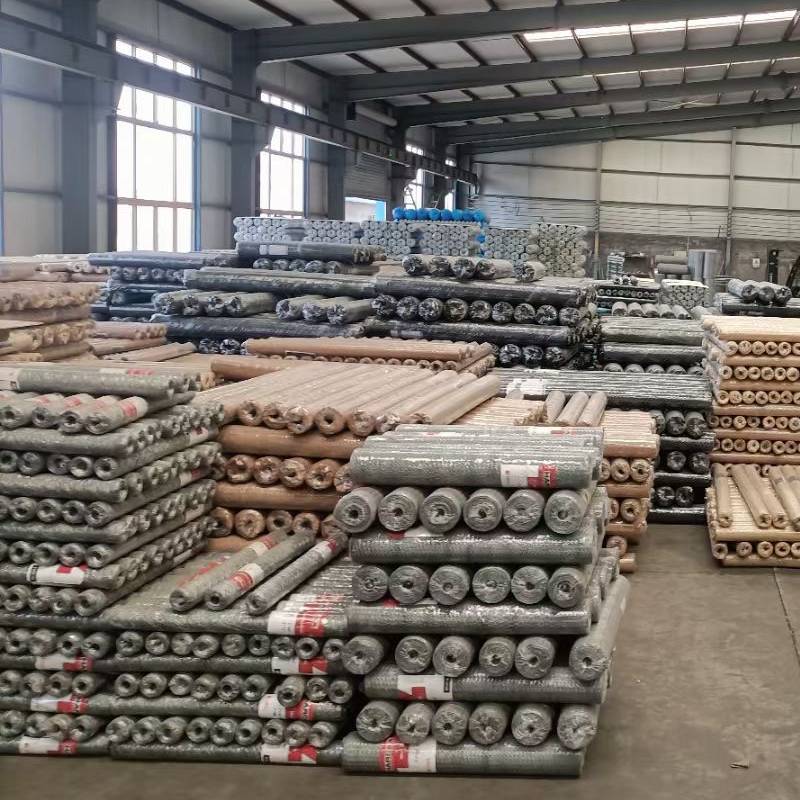Electric Mesh Fencing Solutions for Enhanced Security and Versatile Applications
The Versatility and Application of Electric Wire Netting
Electric wire netting, often referred to simply as electric fencing, is a fencing solution that employs a series of wires or mesh with an electrified component to create a barrier. This technology has revolutionized the way we think about entrapment and containment, offering enhanced security, safety, and efficiency in various applications. Whether for agricultural purposes, property protection, wildlife management, or industrial applications, electric wire netting has proved to be a versatile tool.
Understanding Electric Wire Netting
At its core, electric wire netting consists of multiple strands of wire, typically made of high-tensile steel or aluminum, which are charged with electricity. This electrification serves as a deterrent to animals and, in some cases, intruders. When an animal or person comes into contact with the netting, they receive a harmless but startling shock, prompting them to retreat. The design imprints a level of psychological warfare that often encourages animals to respect the boundary without the need for a physical barrier like traditional fencing.
Applications in Agriculture
One of the primary uses for electric wire netting is in the agricultural sector. Farmers and ranchers utilize electric fencing to protect crops, livestock, and pasture from predators and wild animals. For instance, electric wire netting is particularly effective in keeping livestock from straying into dangerous areas or wandering off too far, which can lead to accidents or injuries. Additionally, it serves to deter animals like deer, rabbits, and raccoons from feasting on crops, preserving the integrity and yield of agricultural endeavors.
Wildlife Management
Electric wire netting also plays a pivotal role in wildlife management. Conservationists use it to protect endangered species from poachers and habitat loss. By creating electrified barriers, they can safely guide animal movement and keep them within designated areas, thereby reducing human-wildlife conflict. For instance, electric fencing has been employed in the protection of elephants in some African nations – deterring them from encroaching on human settlements while still allowing them to thrive in their natural habitats.
electric wire netting

Security and Property Protection
In residential and commercial settings, electric wire netting serves as a formidable security measure. Property owners increasingly favor this technology due to its effectiveness in deterring trespassers. When installed around residential perimeters, electric fencing acts as both a physical and psychological barrier to potential intruders. This dual threat can significantly reduce break-ins and property damage. Moreover, advancements in technology have enhanced electric wire netting with added features like remote monitoring, alarm integration, and other smart capabilities that allow homeowners to manage and control their security systems from afar.
Industrial Applications
Industries that deal with hazardous materials or sensitive information can also benefit from electric wire netting. By securing their premises with electrified fencing, they reduce risks of theft, vandalism, or accidental breaches. Manufacturing facilities, storage warehouses, and sites with restricted access leverage this technology to safeguard their assets and ensure safety protocols.
Environmental Considerations
Despite its myriad benefits, there are environmental considerations to keep in mind. Electric wire netting must be installed responsibly to avoid unintended harm to non-target wildlife. Using proper insulation and ensuring that design limits accidental contact is crucial to protect both animals and the ecosystem.
Conclusion
In summary, electric wire netting has emerged as a multifaceted tool that provides effective solutions across various sectors. From agriculture to security and wildlife management, its applications are vast and significant. As technology continues to evolve, so too will the methods and efficiencies of electric wire netting, ensuring it remains an indispensable resource in our endeavors to maintain safety, security, and sustainability. By understanding both its advantages and limitations, users can maximize the potential of electric wire netting in a responsible and effective manner.
-
Space-Saving Chain Fence Hacks Vertical Gardening with Cyclone MeshNewsJul.16,2025
-
Innovations in Iron Nail Wire Production for Modern ConstructionNewsJul.16,2025
-
Creative Uses of Wire Netting Fence in Modern Landscape DesignNewsJul.16,2025
-
Barbed Wire Fence Innovations in Anti-Climb TechnologyNewsJul.16,2025
-
Architectural Uses of Umbrella Nails for Aesthetic Roof DesignsNewsJul.16,2025
-
Architectural Uses of Razor Barbed Wire in Secure Urban DesignNewsJul.16,2025




